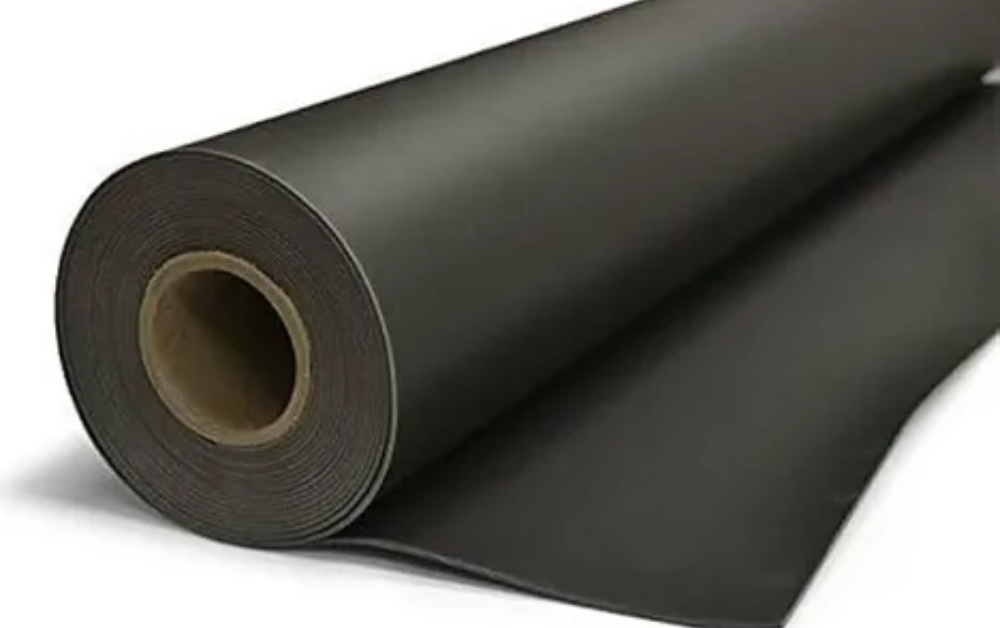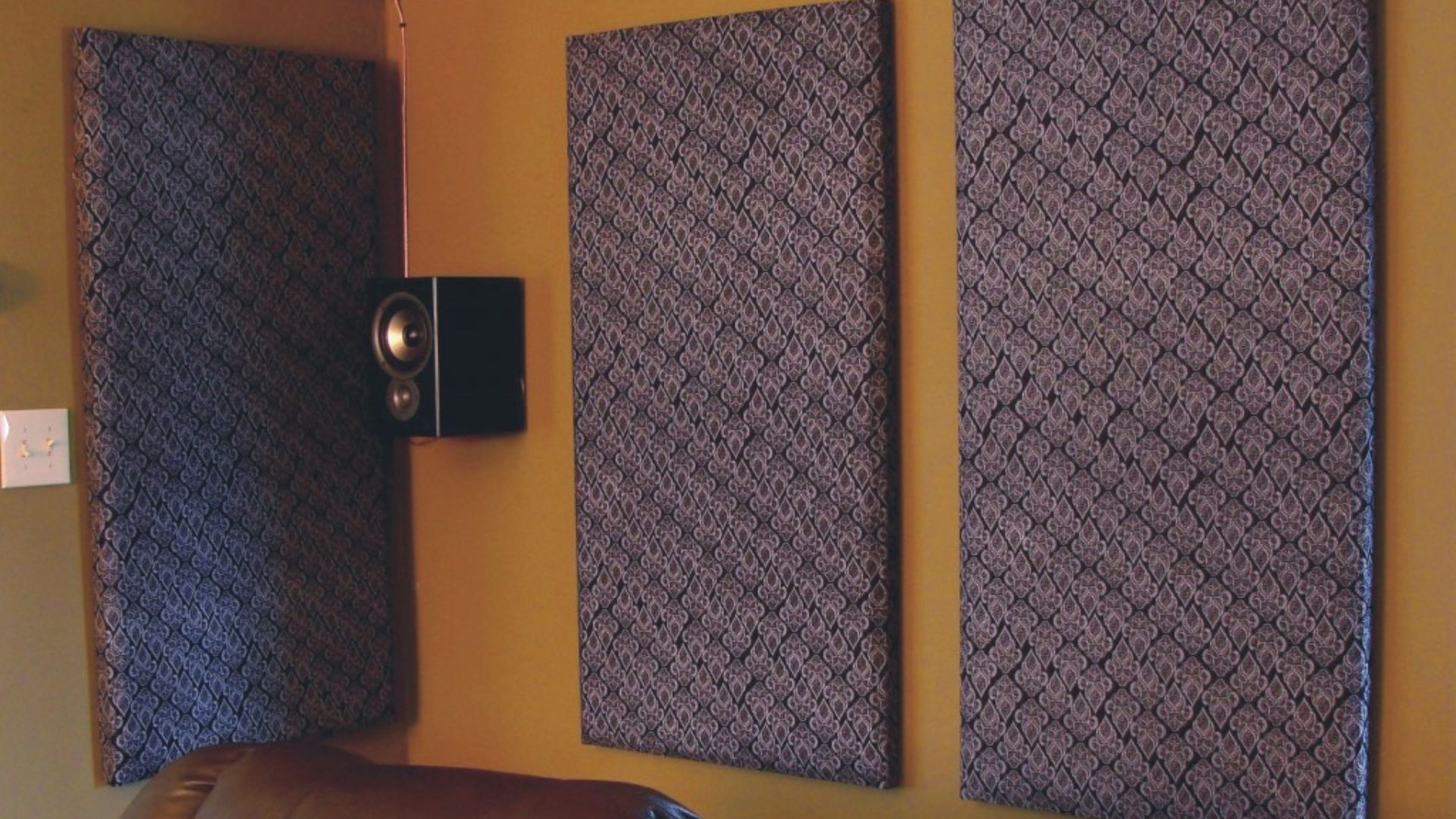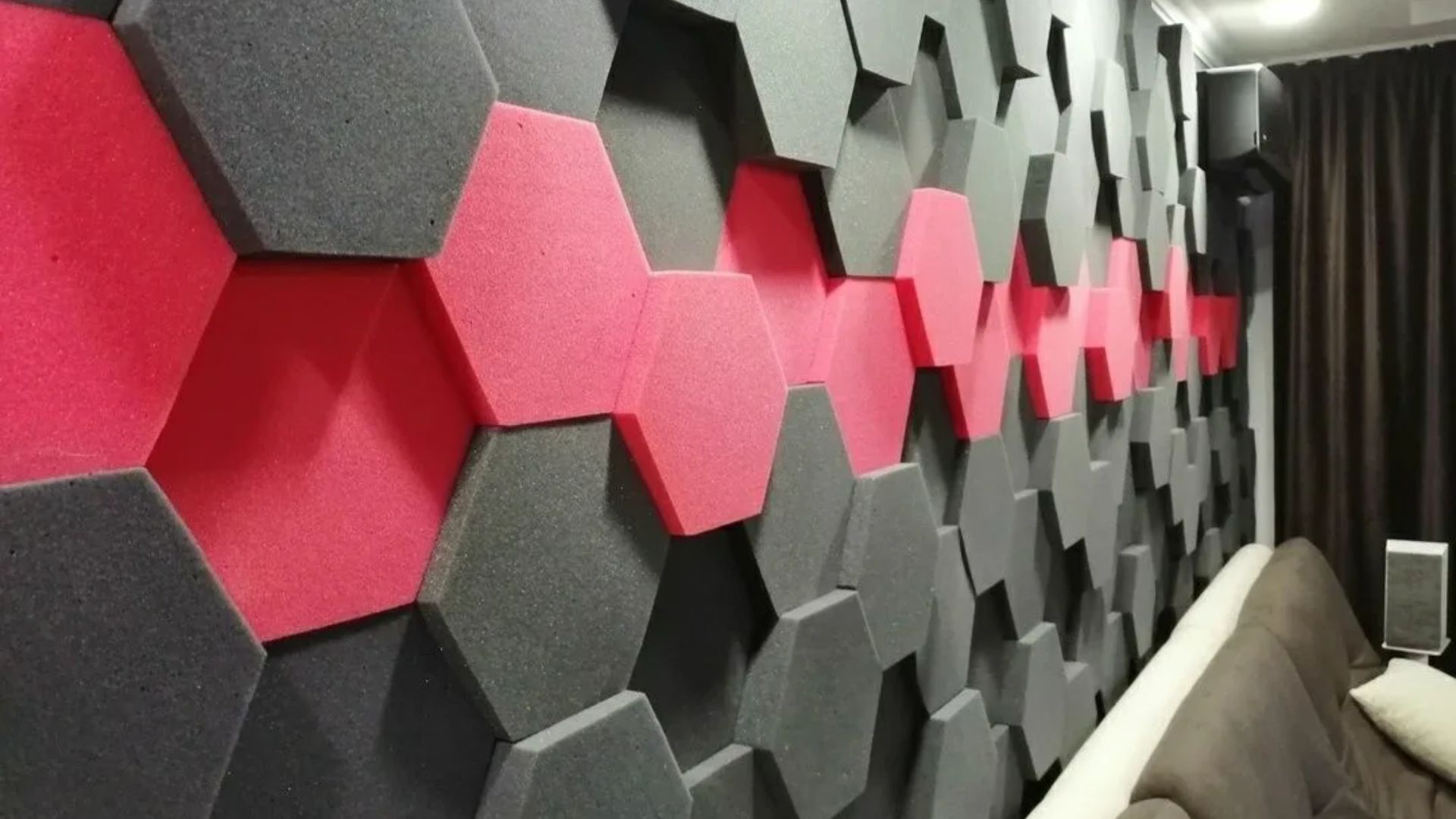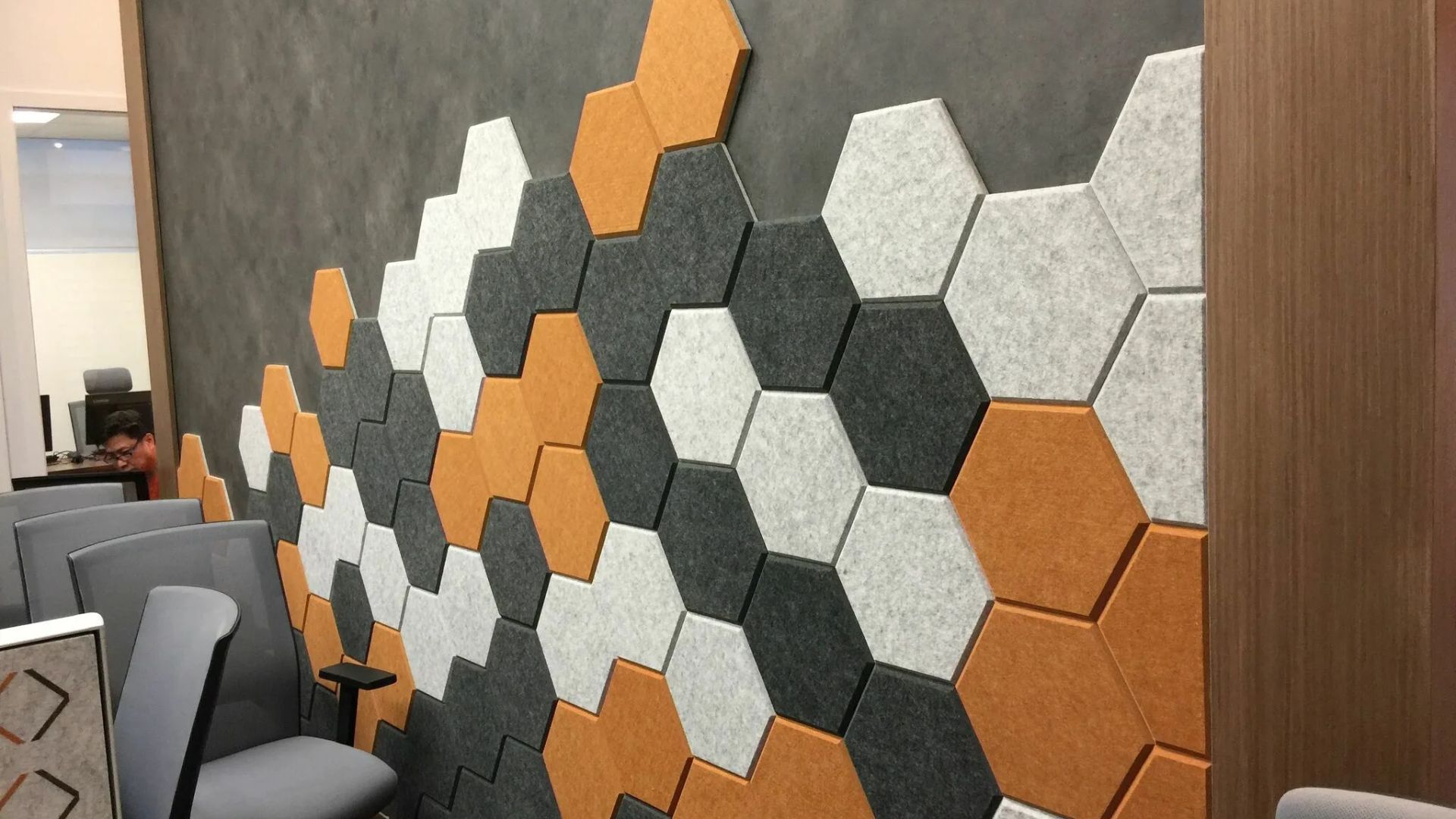In the quest for superior soundproofing, various materials and methods are used to reduce noise levels in residential, commercial, and industrial spaces. Acoustic Mass Loaded Vinyl Barrier is one of the most influential and versatile materials available today. This dense, flexible material has gained popularity for blocking and absorbing sound across various frequencies. But just how effective is it for soundproofing? Let’s explore its properties, benefits, and applications.
What is Mass Loaded Vinyl?
Mass Loaded Vinyl (MLV) is a soundproofing material made from vinyl and dense fillers like barium sulfate or calcium carbonate. This composition gives MLV its significant mass, crucial for blocking sound transmission. Despite its weight, MLV remains flexible, making it easy to install in various applications.
How Does Mass Loaded Vinyl Work?
Sound travels through air and materials in the form of vibrations. A material must be dense enough to resist these vibrations to effectively block sound. The high mass of MLV disrupts the transmission of sound waves, preventing them from passing through walls, ceilings, floors, and other structures. By adding mass to a barrier, MLV significantly reduces the amount of noise that can penetrate it.
Benefits of Using Mass Loaded Vinyl for Soundproofing
High Soundproofing Efficiency
MLV is highly effective in reducing sound transmission. It works well against airborne noise like voices and music and impact noise like footsteps and vibrations. This makes it a versatile solution for different soundproofing needs, whether in homes, offices, or industrial environments.
Flexibility and Ease of Installation
Unlike rigid soundproofing materials, MLV is flexible and can be easily installed on walls, ceilings, floors, and even around pipes or ducts. It can be cut to fit specific dimensions and applied using adhesive, nails, or staples. This flexibility also allows it to conform to various surfaces, ensuring a tight fit that maximizes soundproofing efficiency.
Space-Saving Solution
Due to its thin profile, MLV can be added to existing structures without significantly increasing their thickness. This is especially useful in spaces where adding bulky soundproofing materials would be impractical or undesirable.
Durability and Long-Lasting Performance
MLV is not only practical but also durable. It resists moisture, mold, and mildew, ensuring long-term performance even in humid environments. Its robust nature makes it suitable for indoor and outdoor applications, providing consistent soundproofing benefits.
Versatility in Applications
From residential to industrial settings, MLV can be used in various applications. It is commonly installed in walls, ceilings, and floors, but also finds use in automotive soundproofing, HVAC systems, and even machinery enclosures. This versatility makes it a go-to material for comprehensive acoustic noise reduction solutions.
Applications of Mass Loaded Vinyl
- Residential Spaces: Reducing noise from neighbors, traffic, or household activities.
- Commercial Buildings: Improving privacy in offices, conference rooms, and studios.
- Industrial Settings: Controlling noise from machinery and equipment.
- Automotive Industry: Minimizing road and engine noise in vehicles.
Why Choose Akcoustic for Soundproofing Solutions?
At Akcoustic, we understand the importance of effective soundproofing in creating comfortable and productive environments. Our expertise as a trusted Soundproof Specialist ensures that we provide top-quality products and tailored solutions to meet your specific needs. Whether you’re dealing with noise from traffic, machinery, or everyday activities, we offer innovative solutions like Acoustic Mass Loaded Vinyl Barrier to help you achieve optimal sound control.
Conclusion
Mass Loaded Vinyl is a highly effective and versatile material for soundproofing, offering excellent noise reduction without compromising on space or aesthetics. Its ability to block a wide range of noise makes it a valuable addition to any soundproofing strategy. If you’re ready to enhance the acoustic comfort of your space, contact Akcoustic today to explore our comprehensive range of noise control and acoustic solutions designed to meet your needs.





